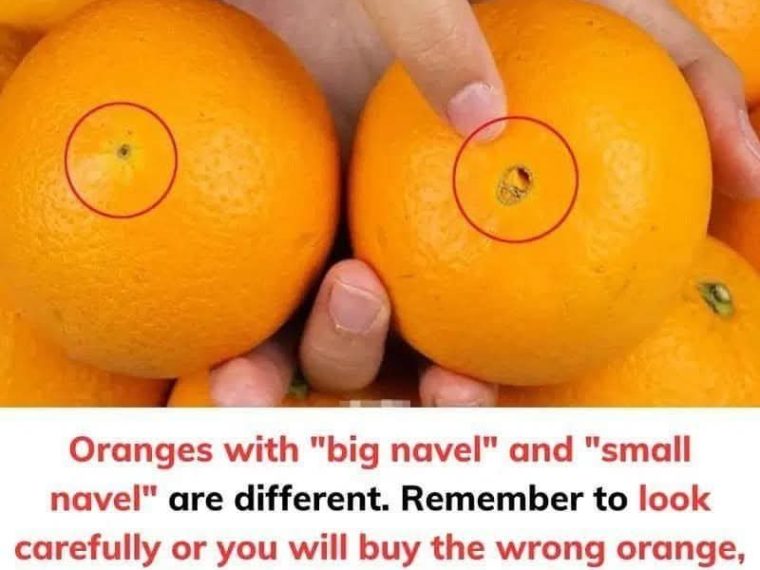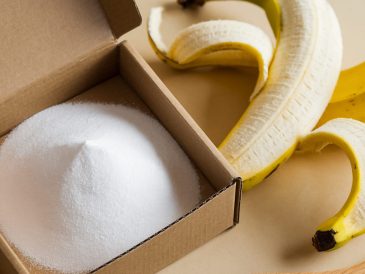When it comes to choosing the perfect navel orange, you may notice a difference in size and appearance. While some oranges have a large, round navel with a clear indentation in the middle, others only have a small dot or no navel at all. But did you know that the size of the navel can indicate the quality of the fruit? Let’s take a closer look at the differences between large and small navel oranges to help you pick the best one.
Large Navel Oranges vs. Small Navel Oranges
Large Navel Oranges
Large navel oranges are often easy to spot due to their pronounced, deep indentation in the middle. While they may look impressive, they often lack the flavor and juiciness you’d expect from a great orange. When you cut open a large navel orange, you’ll typically find that the navel is filled with a white, fibrous membrane and very few orange segments. These segments tend to be dry, bland, and not very sweet. In fact, the juice content of large navel oranges is often much lower than that of smaller varieties, making them less satisfying to eat.
Small Navel Oranges
On the other hand, small navel oranges are often a better choice for sweetness and juiciness. They may not have a clear or deep navel, but their peel is thinner, and their segments are juicier and sweeter. Small navel oranges tend to have a higher water content and more concentrated sugars, resulting in a much better eating experience. If you’re after a sweet, juicy orange, small navel oranges are typically the way to go.
How to Choose the Best Oranges
In addition to considering the size and appearance of the navel, there are a few other factors that can help you select the most delicious oranges. Here’s a guide to help you pick out the best fruit.
1. Color
The vibrant orange color of an orange is the first thing that catches our eye, but did you know that different shades of orange can indicate different levels of sweetness? Oranges that are darker in color have likely spent more time in the sun, which means they’ve accumulated more sugar and will be sweeter and juicier. When selecting oranges, go for those with a rich, deep orange hue for the best flavor.
2. Shape
Oranges come in many shapes, from slightly oval to round, and even wrinkled or rough. If you want the juiciest and sweetest oranges, look for those that are round and plump. These tend to have the best texture and flavor. Avoid wrinkled oranges, as they may be dry and less flavorful.
3. Feel by Hand
The weight of the orange is another indicator of its quality. When you pick up an orange, make sure it feels heavy for its size. A heavy orange is usually a sign that it’s fresh, juicy, and full of water. On the other hand, a light orange may have been picked too long ago and could be dry or lack flavor.
Also, pay attention to the texture of the orange when you squeeze it gently. Fresh, ripe oranges will have some slight elasticity when pinched, meaning the skin is thin and the fruit inside is full of juice. If the orange feels tough and doesn’t give when you squeeze it, it’s likely to have a thick skin and less flavor.
Final Thoughts: Picking the Perfect Orange
The next time you’re at the store, use these tips to select the best navel oranges. Remember, large navel oranges might look appealing but often lack the sweetness and juiciness of smaller navel oranges. Look for deep orange color, round shape, and heavy, firm texture to guarantee you’re picking the freshest, most delicious fruit.
By keeping these factors in mind, you’ll be able to enjoy sweet, juicy oranges every time!





